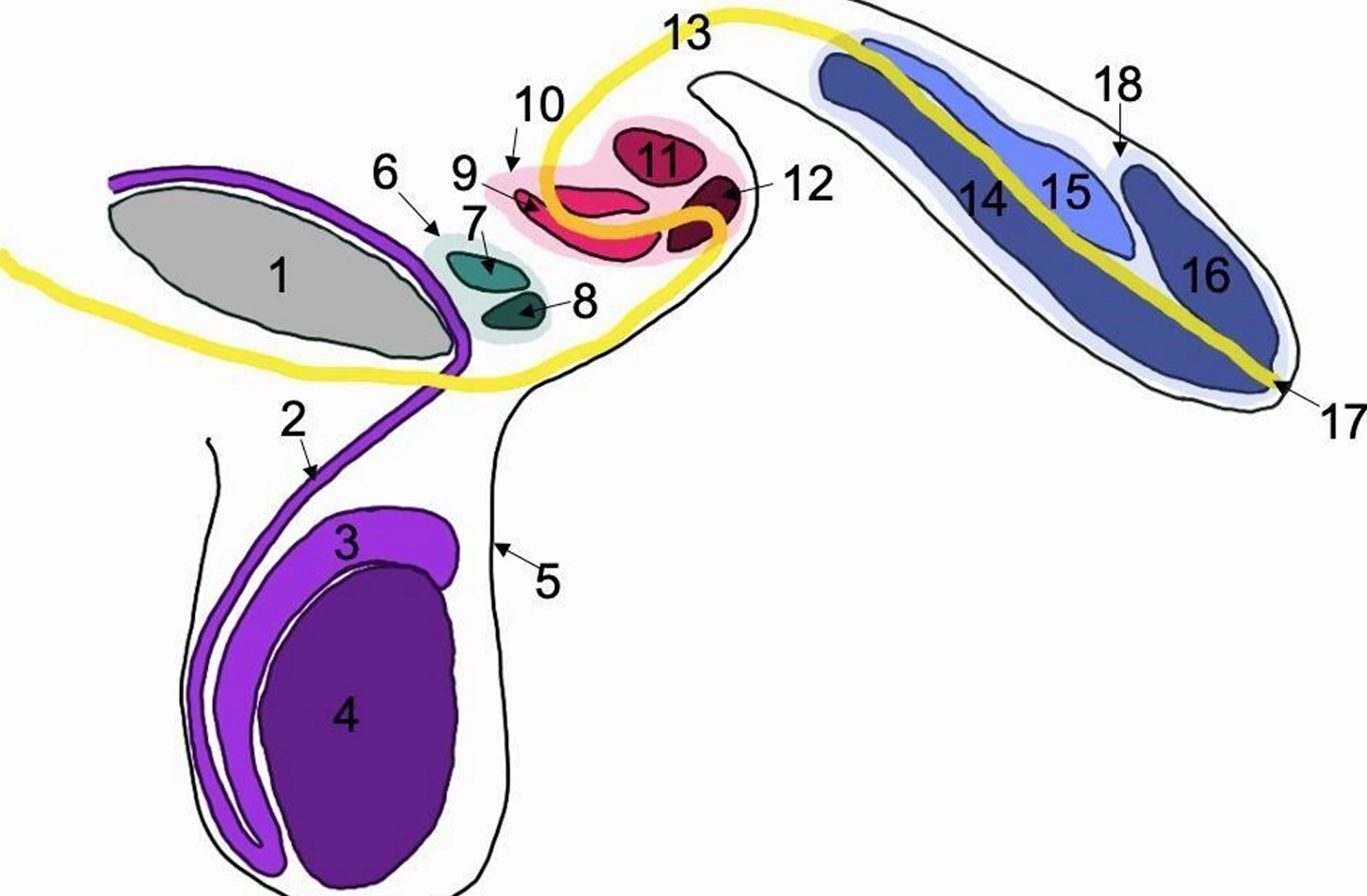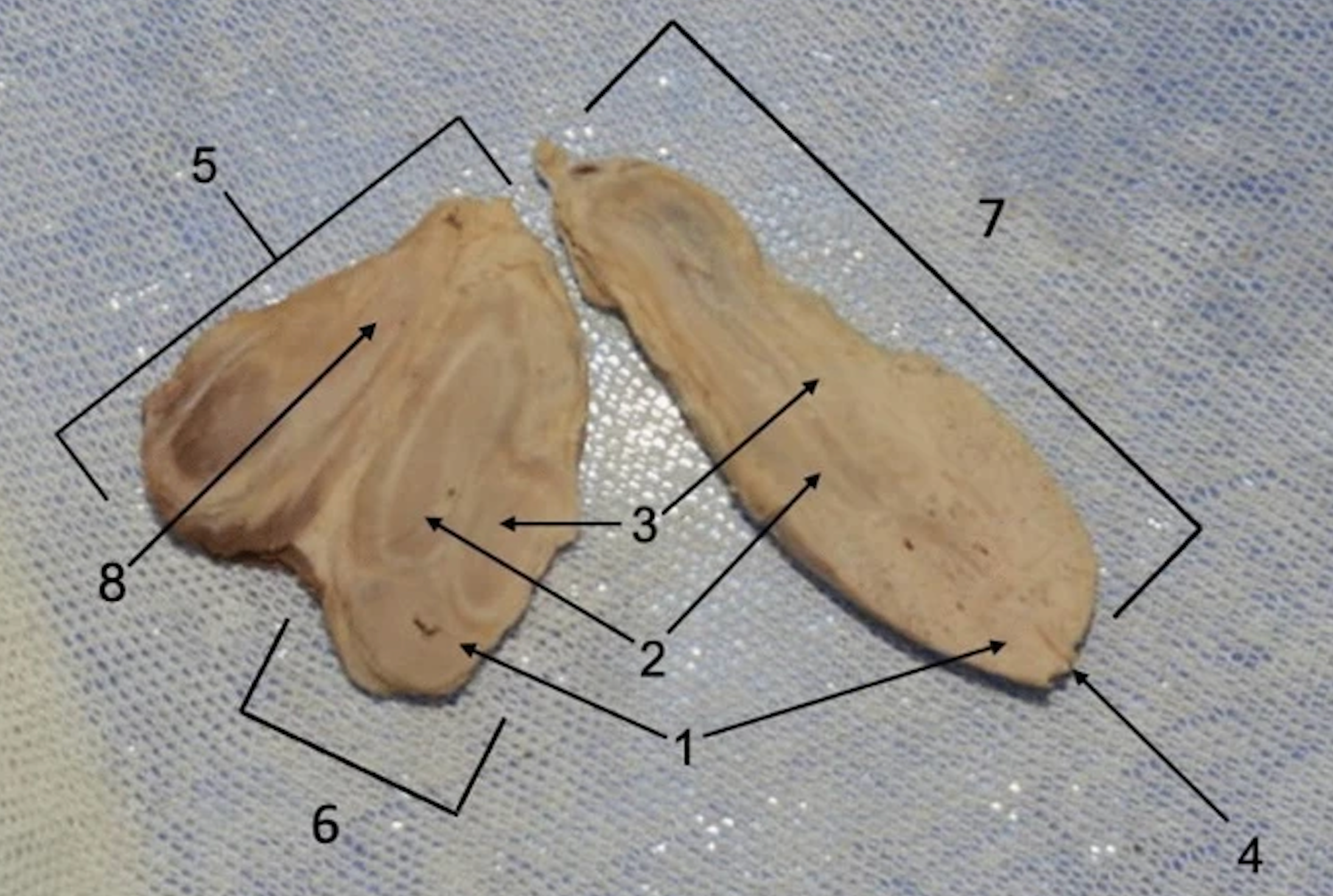Rare case of man born with three penises discovered by medical students in a first
Rare condition may pose significant risk of infection or sexual dysfunction, scientists say
Your support helps us to tell the story
From reproductive rights to climate change to Big Tech, The Independent is on the ground when the story is developing. Whether it's investigating the financials of Elon Musk's pro-Trump PAC or producing our latest documentary, 'The A Word', which shines a light on the American women fighting for reproductive rights, we know how important it is to parse out the facts from the messaging.
At such a critical moment in US history, we need reporters on the ground. Your donation allows us to keep sending journalists to speak to both sides of the story.
The Independent is trusted by Americans across the entire political spectrum. And unlike many other quality news outlets, we choose not to lock Americans out of our reporting and analysis with paywalls. We believe quality journalism should be available to everyone, paid for by those who can afford it.
Your support makes all the difference.Medical students in the UK stumbled upon an extremely rare case of a man with three penises while assessing a body donated for research.
Around one in six million male babies are estimated to be born with two penile shafts, a condition called diphallia. Only about 100 cases have been recorded in the past 400 years since it was first medically recognised.
Triphallia is an even rarer genetic anomaly that causes a male baby to have three distinct penile shafts. It was previously reported only one other time, in a baby born in Iraq in 2020.
The latest discovery, described in the Journal of Medical Case Reports, was made during the cadaveric dissection of a 78-year-old man.
This makes it a distinct adult case of the condition and the first to be carefully studied through postmortem dissection.

Researchers from the University of Birmingham Medical School suspect the prevalence of men with such penises “may be greater than expected”.
In the latest case, they say the adult white male was likely unaware of his special condition as his genitalia seemed normal from an external perspective.
But scientists found on closer inspection that there were two smaller penises within his scrotal sac of which one was connected to the same urethra as the main penis.
“Without dissection, this anatomical variation would have remained undiscovered, suggesting the prevalence of polyphallia may be greater than expected,” researchers said. “Despite normal appearance of external genitalia on examination, the dissection of a 78-year-old white male revealed a remarkable anatomical variation: two small supernumerary penises.”
The third penis, the smallest one in his scrotal sac, lacked a urethra.
Scientists say the findings shed more light on the morphology and clinical implications of this anomaly.

Male genitalia typically begins forming early in pregnancy between about four and seven weeks of gestation. Researchers suspect genetic abnormalities affecting the expression of receptors of the male hormone androgen may have played a role in the growth of the abnormal penis shafts.
Researchers found that during the person’s early development as a baby, his urinary tube – or urethra – originally developed in the secondary penis. When this penis failed to develop fully, the urethra diverted course and developed in the primary penis.
Such abnormal growths, scientists warn, may pose a significant risk of infection or sexual or fertility dysfunction.
These cases need to be better understood to better diagnose and treat such patients presenting with urological symptoms as well as for catheter insertion, urological imaging, and surgery, they said.
Join our commenting forum
Join thought-provoking conversations, follow other Independent readers and see their replies
Comments